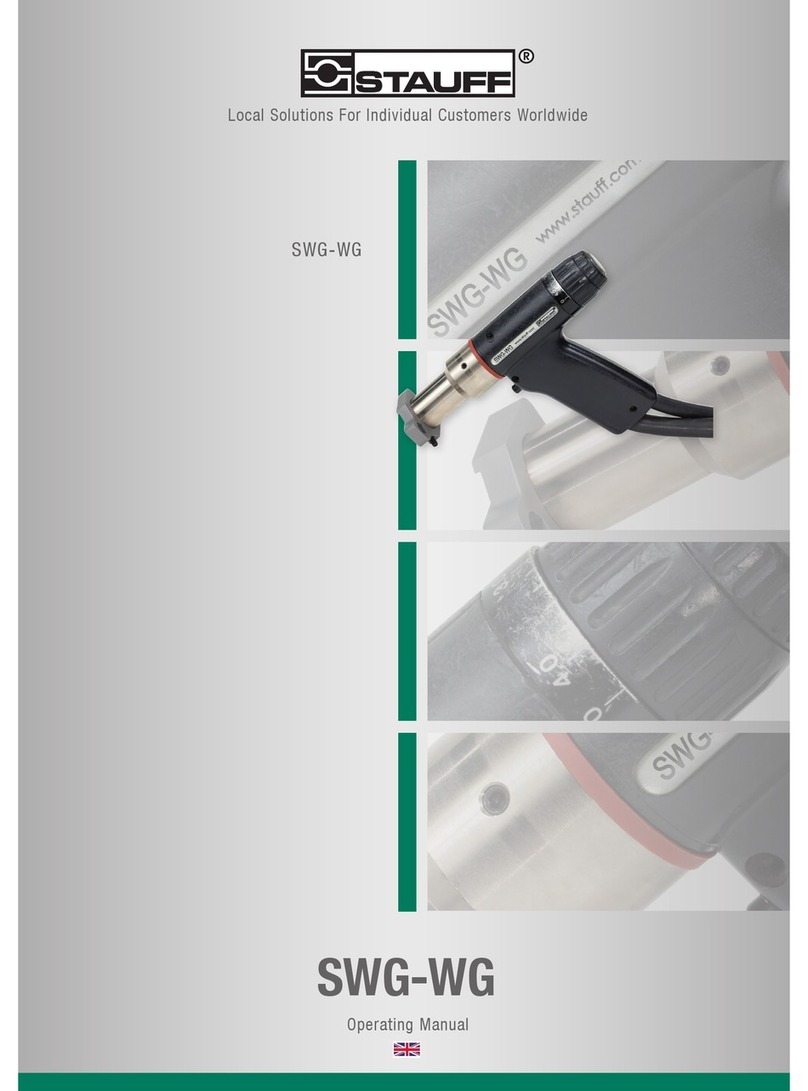STAUFF SWG-WI06 User manual




















Table of contents
Other STAUFF Welding System manuals
Popular Welding System manuals by other brands
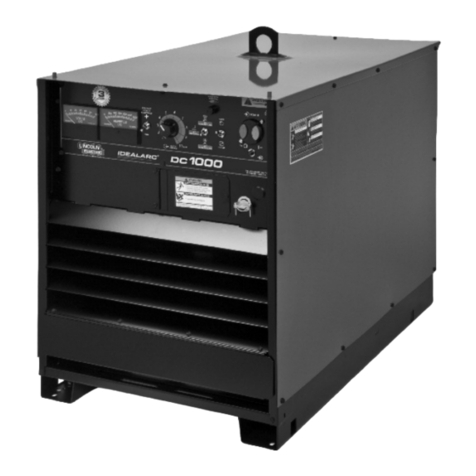
Lincoln
Lincoln IDEALARC DC-1000 Operator's manual
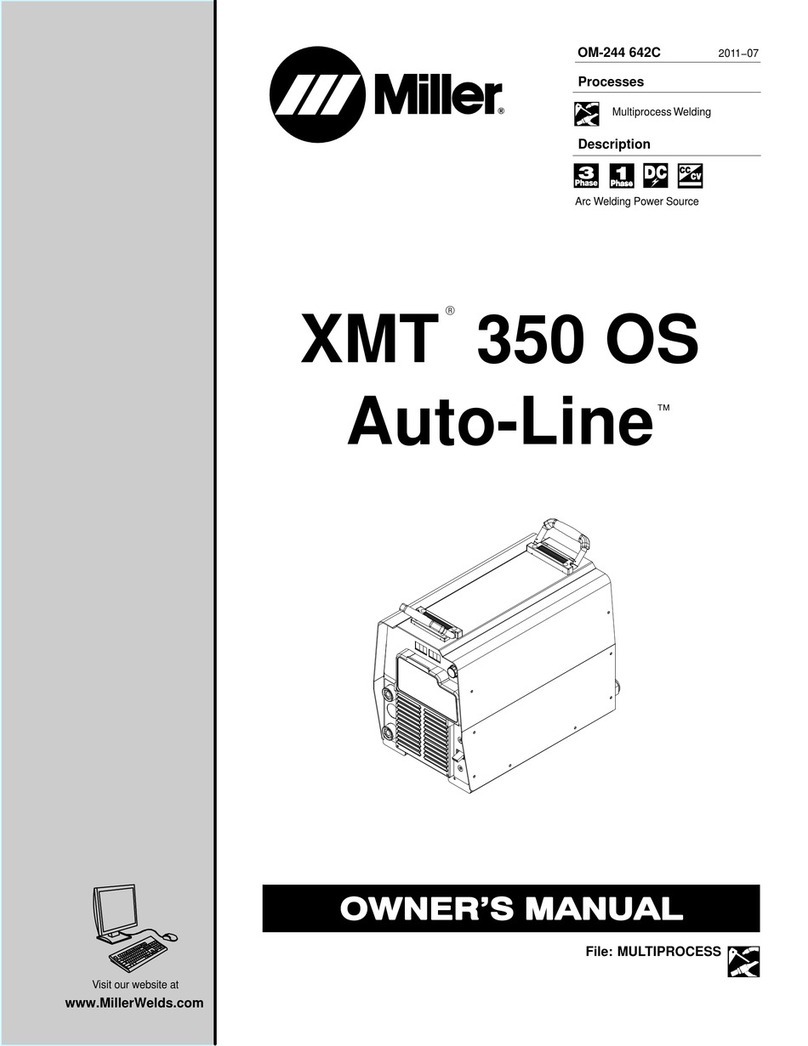
Miller
Miller Auto-Line XMT 350 OS owner's manual

Paton
Paton MMA-160P Operation manual
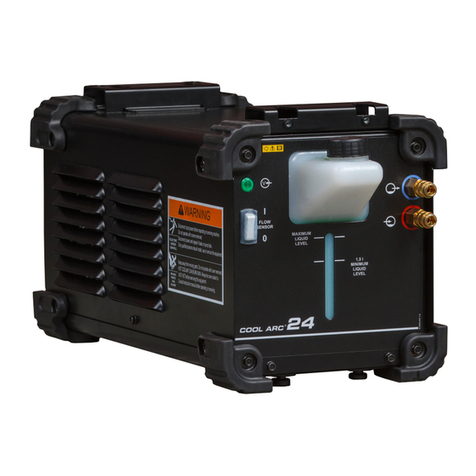
Lincoln Electric
Lincoln Electric COOL ARC 24 Operator's manual
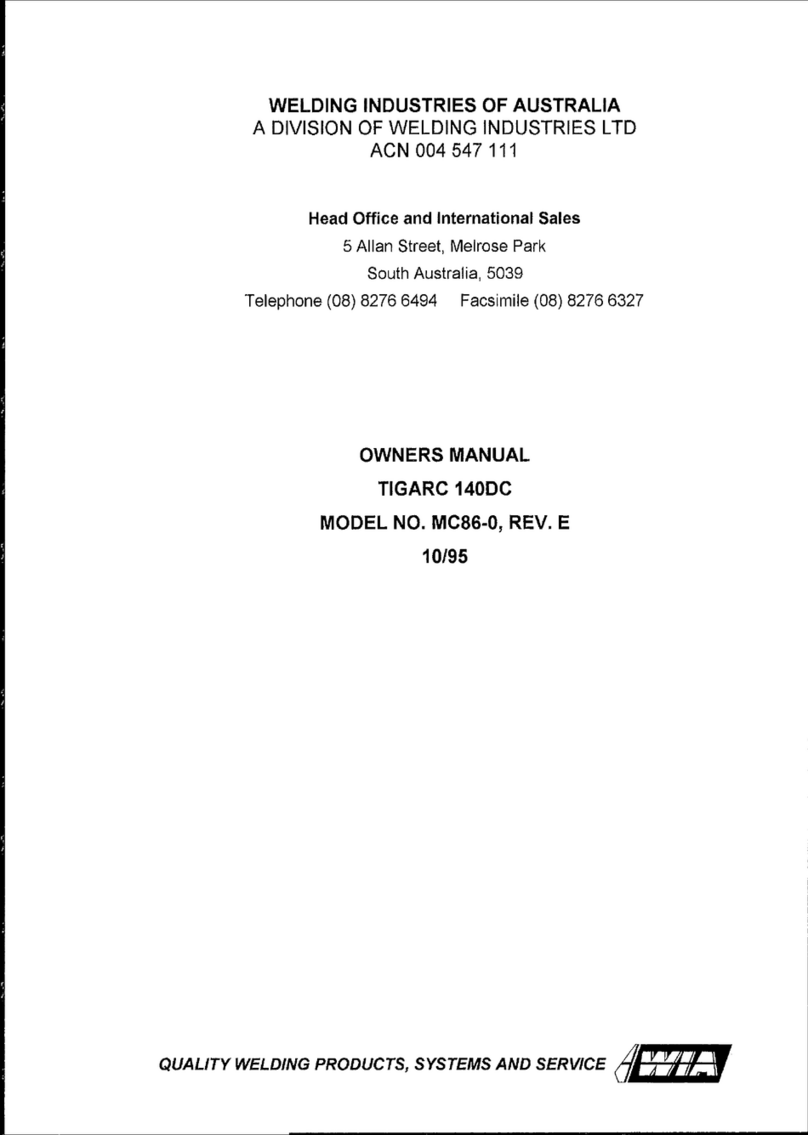
WIA
WIA TIGARC 140DC MC86-0 owner's manual

Würth
Würth WIG 180 AC/DC Translation of the original operating instructions

Parweld
Parweld XTM404S Operator's manual

Weco
Weco Micro MAG 301 PLUS instruction manual

Chicago Electric
Chicago Electric 90648 Assembly and operating instructions

LESITE
LESITE LST-UME manual
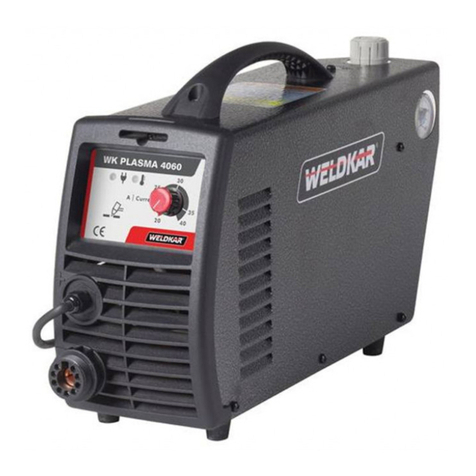
WELDKAR
WELDKAR WK PLASMA 4060 PFC instruction manual
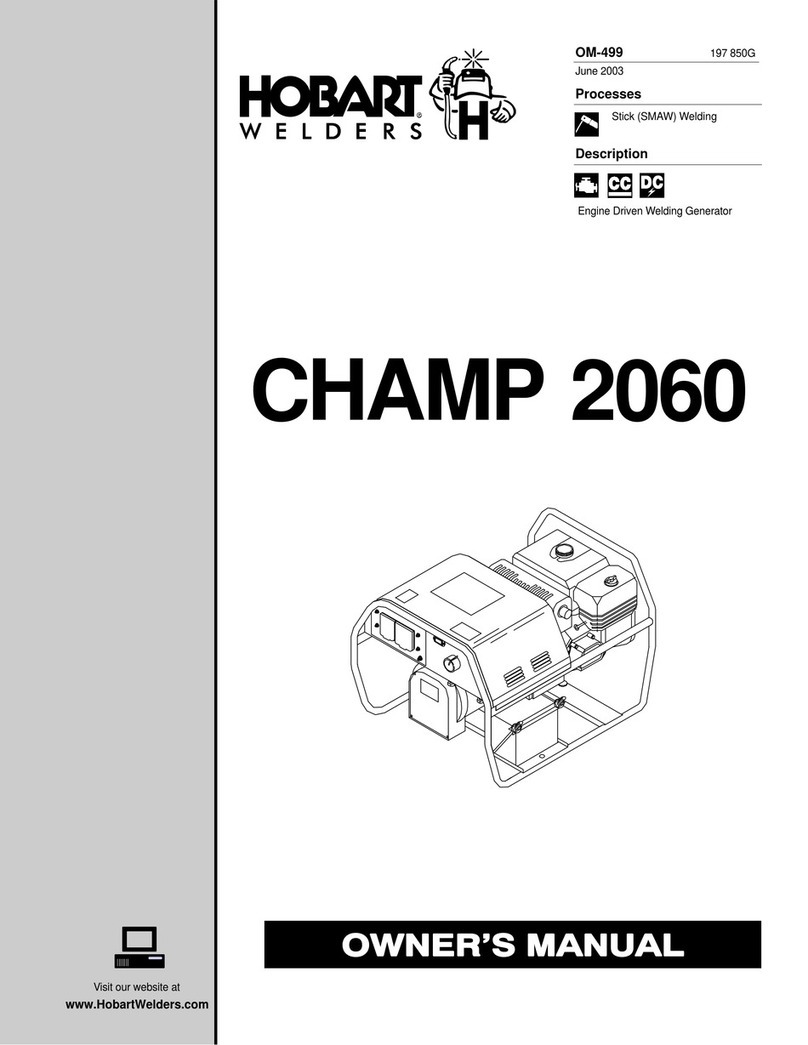
Hobart Welding Products
Hobart Welding Products CHAMP 2060 owner's manual
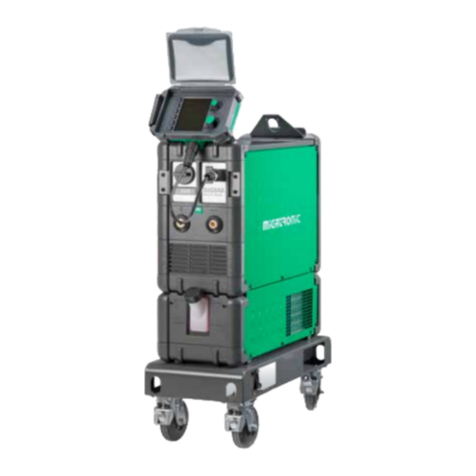
Migatronic
Migatronic SIGMA SELECT ROBO user guide

Lincoln Electric
Lincoln Electric COMMANDER 500 Operator's manual

ESAB
ESAB A2SF J1 instruction manual
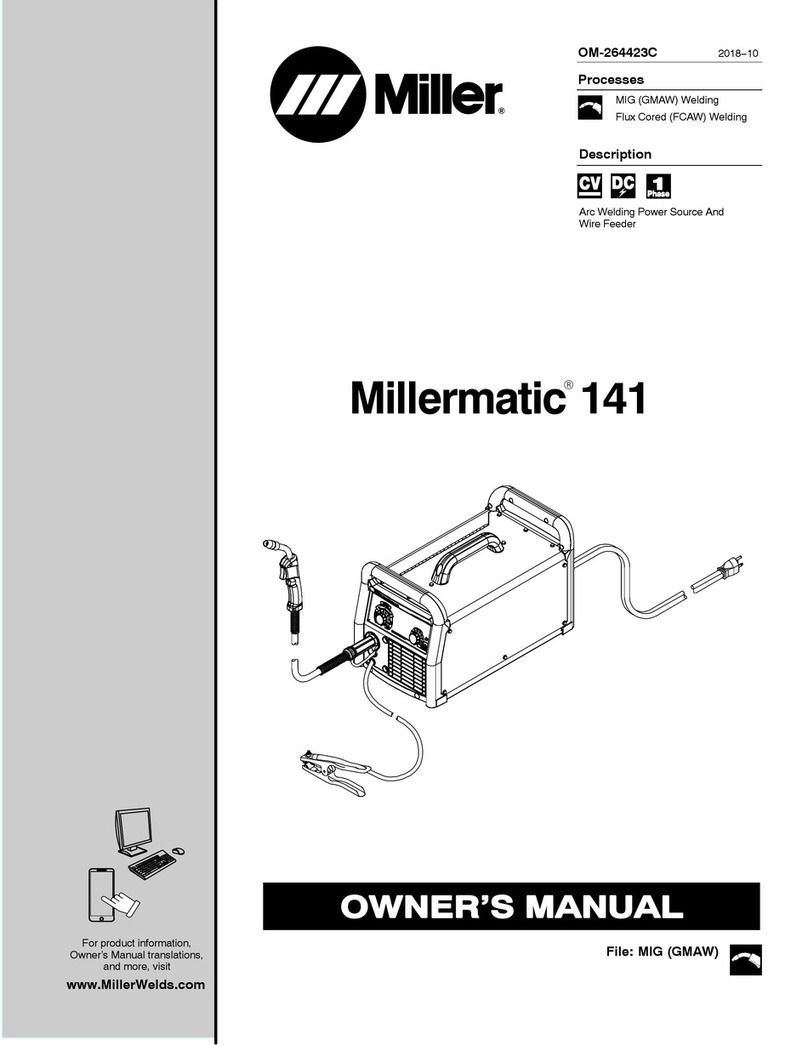
Miller
Miller Millermatic 141 owner's manual
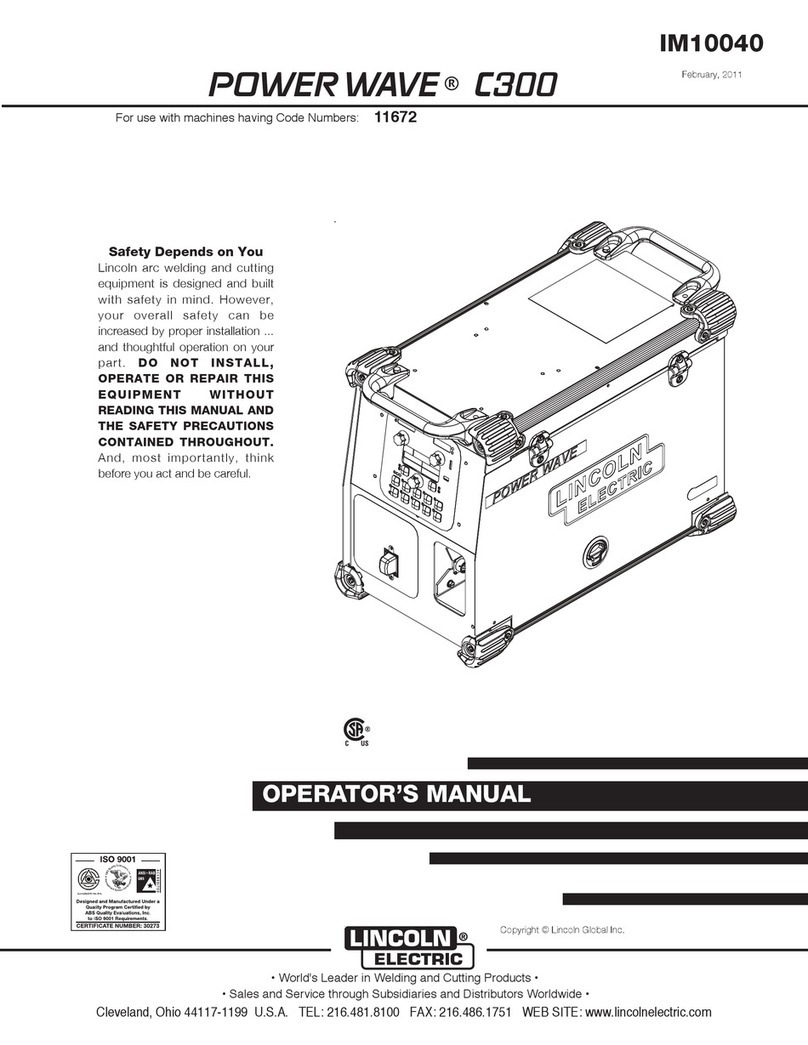
Lincoln Electric
Lincoln Electric POWER WAVE IM10040 Operator's manual
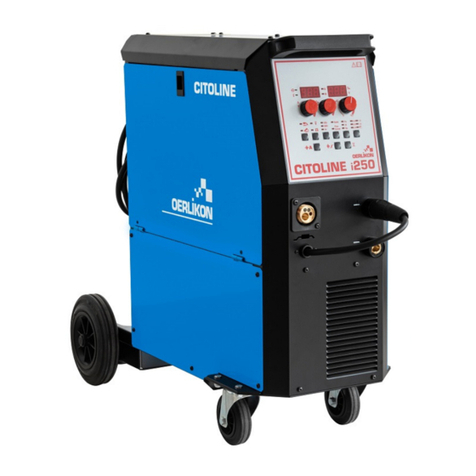
Oerlikon
Oerlikon CITOLINE i250 Operator's manual
